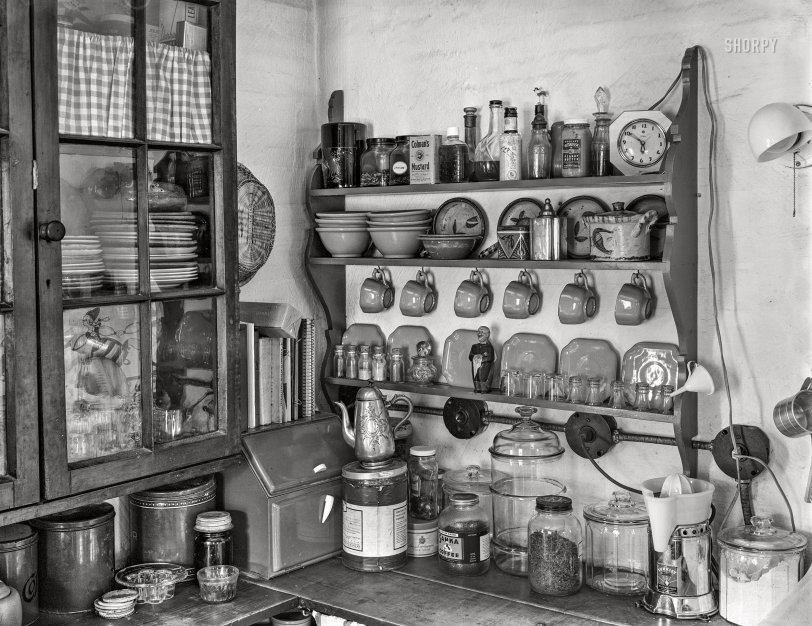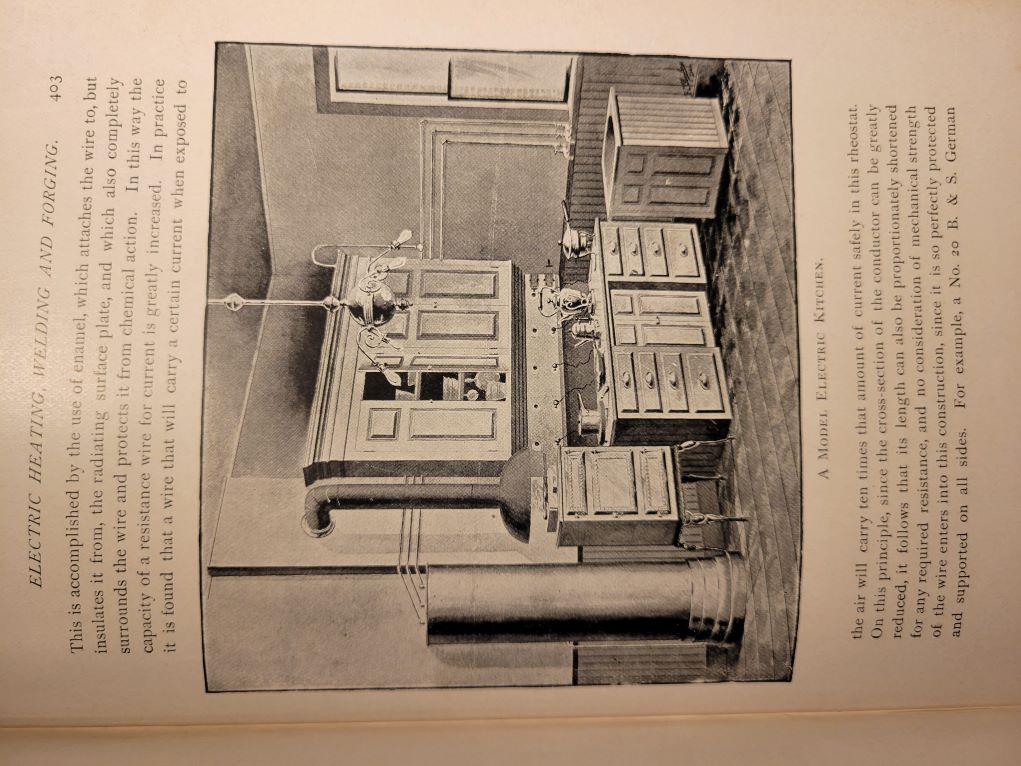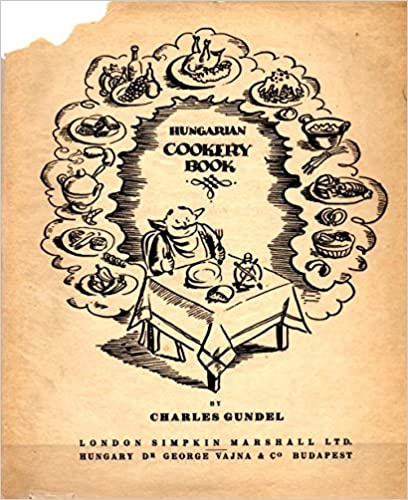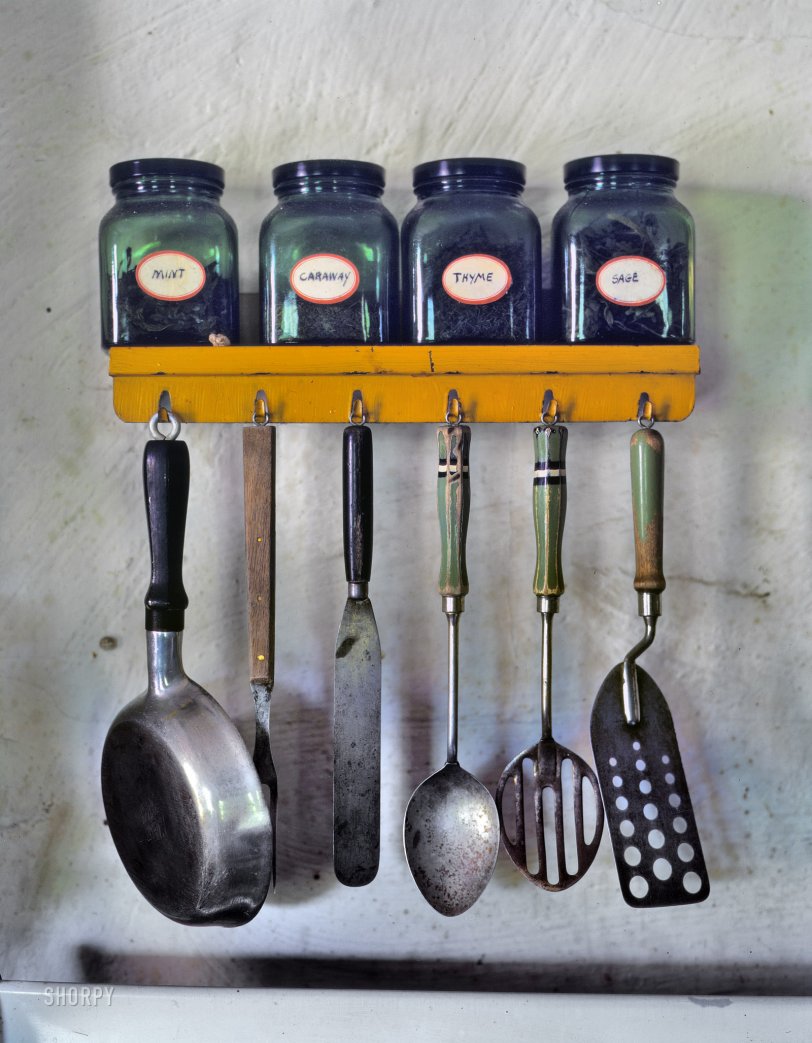


Framed or unframed, desk size to sofa size, printed by us in Arizona and Alabama since 2007. Explore now.
Shorpy is funded by you. Patreon contributors get an ad-free experience.
Learn more.

- Lofty addition
- In 1912
- Keenan Building
- Six years old
- Taken from the P.J. McArdle Roadway?
- It stood only 47 years
- Three track mind
- Incline to the right
- Reach for the sky, 1912 style
- No clean sweep
- Same Job Title, Same Face
- Sadly Lost
- Beautiful ...
- Where you get your kicks
- Aim High
- Pueblo Revival sisters
- Pueblo Neoclassicism
- Milk Man
- Regional dialect.
- Spielberg's inspiration
- Great Photo
- Loaf Story
- Do you still have the Rakes category?
- Could almost be a scene from the 1957 movie 'Hell Drivers'
- The Wages of Fear.
- Conspicuous by their absence
- Got Milk?
- All that aluminum
- No lefties
- Smoke 'em if you've got 'em
Print Emporium
Country Kitchen: 1942

July 1942. "Birmingham, Michigan (vicinity). Kitchen in a country house." 4x5 inch acetate negative by Arthur Siegel for the Farm Security Administration. View full size.
Eleven Years Later ...
... I finally see the rest of the kitchen. I clicked on "Kodachrome treatment" and discovered I made a comment on 01/01/2012.
[There's even a third pic! Check back in 2034. But seriously, the negative for this particular photo didn't get scanned until 2022. - Dave]
Brought to You By --
Shorpy should get ad fees for product placement:
Kroger’s
Colman’s
Durkee’s
Jell-o
Sunkist
Sanka
Mary Scott Rowland
Well-wired
Any decorator magazine today would publish this kitchen with the word "whimsical" somewhere in there, but they would either studiously ignore the exposed electrical conduit, or comment on its "industrial" aesthetic. This is certainly an unusual abundance of electrical outlets for a kitchen of this period, and no doubt added at the owner's discretion to serve their abundance of kitchen gadgets. (How many people had an electric orange juicer in 1942?) Notice the light fixture above, with the original wiring concealed in the walls.
In 1940, the National Electrical Code added a requirement for a dedicated 20 amp circuit for kitchen appliances, something that had been recommended as a best practice for a couple of decades. My sense is that this rule was little-enforced, as wartime materials shortages soon prevented compliance. But here's the original concept, illustrated in an official publication of the 1893 World's Columbian Exposition.
Edit: I mistakenly typed "conduit," though this is clearly the first-generation iteration (1928-ca1950) of non-metallic sheathed cable, popularly known by the trade name Romex.

Utensils
Arthur Siegel also gave this kitchen the Kodachrome treatment --
Bitters with the sweet
There's a bottle of Angostura bitters on that top shelf next to what might be maple syrup.
Sone things never change (much)
The bottle near the middle of the top shelf, in the paper wrapper, is clearly Angostura bitters. The labeling is amazingly similar to the one on my shelf, 80-plus years later.
And my tin of Colman's Mustard is still more like this one than it is different.
From the breadbox library
Charles Gundel's "Hungarian Cookery Book" had its first printing in 1934 and is still available 45 printings later, and Gundel's is a world-class restaurant in Budapest still in business today. If one enjoys Hungarian food, this cookbook with its delectable offerings is sure to throw one off their January weight loss diet.

Grandma's weed?
My first thought was: What’s a jar of nails doing on the kitchen counter?
The Mirolarm
The clock on the shelf is a Telechron Model 7F77, or "Mirolarm". Made between 1932 and 1938, it was Telechron's first "buzzer" alarm clock and would have been rose colored glass with a mirrored background.
[Not to be confused with "Mirro" brand kitchen timers, or Joan Miró. - Dave]
Cold Question
Have to wonder what the jar of cold cream is doing on the kitchen counter. With 6 sisters I sure saw a lot of that product in my youth, but always in the bathroom. Perhaps there's a culinary use I'm not aware of?
[In the kitchen, a cold cream jar is not necessarily a jar of cold cream. - Dave]
Made in Detroit -- "Tasty-Krisp Popkorn"
... just to the left of Sanka. Popcorn was the go-to snack in those days. Tasty Krisp Products was located at 11166 Grand River Avenue in Detroit. Now an empty lot in a much-decayed neighborhood, but in the 1940s it was growing and prospering.
Drink Sanka Coffee and Sleep!
My grandma use to drink Sanka. I remember seeing the jar in her kitchen when we'd visit. I also remember seeing Grandma's weed she kept in a big jar, between the Sanka and the juicer. Ahhh, those were the days.


























On Shorpy:
Today’s Top 5